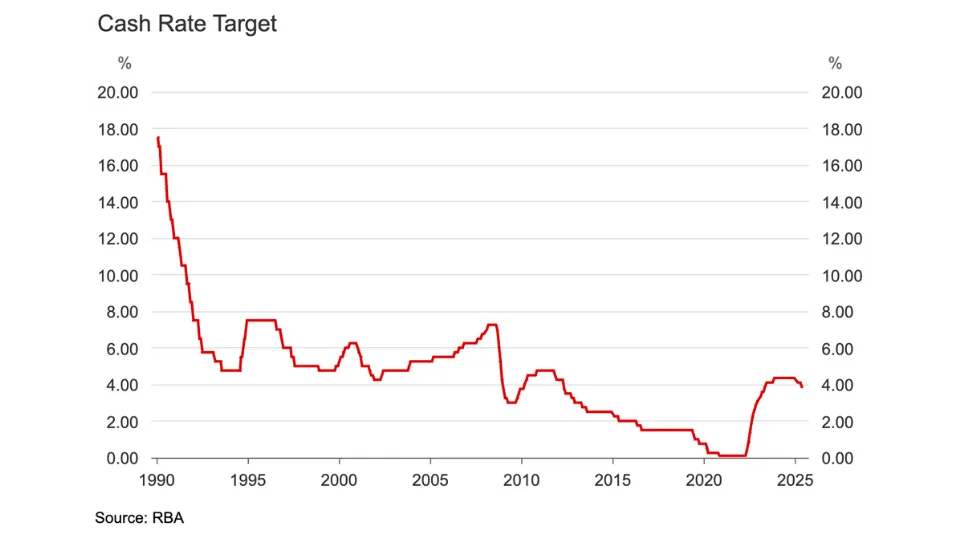The Rea Group Ltd (ASX:REA) share price has jumped 9.5% since the start of 2024. Is it time that you added REA shares to your watchlist?
REA share price in focus
Founded in 1995, REA Group is a Melbourne-based real estate advertising company that is majority-owned by News Corp. In Australia, it’s best known for its Realestate.com.au platform.
REA Group operates on a global scale and now operates property websites in around 10 countries used by some 20,000 agents. In a typical month, the core Australian website gets over 55 million visits. While the business has diversified globally, Australian operations still account for the lion’s share of revenue. Within Australia, REA makes money by listing properties for sale or rent (i.e. the agent uses REA’s website to show properties, which the property owner is on the hook to pay). It also makes money from financial services (e.g. mortgage broking), but this is a much smaller part of the business.
The competitive advantge that REA has is the same as any other established platform: network effects and economies of scale. In other words, Domain (the #2 player) is meaningfully behind REA in users and views, which means REA can continue to control pricing and market dynamics. REA also benefits from owning assets across all parts of real estate, including listing, advertising, mortgage broking, and house sharing.
The case for ASX tech shares
The S&P/ASX200 Info Tech Index (ASX: XIJ) has returned 11.62% per year over the last 5 years. That compares to the average of all ASX sectors of 3.48% over the same period. So, here are some of the reasons that investors have been flocking to ASX tech shares.
High Margins
Technology companies tend to have much better margins than more ‘traditional’ brick-and-mortar businesses. That is, they tend to be more profitable.
The simple reason is that they usually have low marginal costs (like distribution costs) and low overhead costs (things like plant and equipment).
Recurring revenue
The second reason is that a feature of many tech companies is their recurring revenue. You’ve probably heard the term ‘software-as-a-service’ (SaaS) – this is when companies package their software as a service that customers pay for access to on a monthly or annual basis.
This is a great alternative to selling your software as a product (a one-off payment) because it can smooth revenue across the year and make profits more predictable over time.
Global scale
The third reason investors love tech businesses is because of their global reach. If you have a brick-and-mortar business or sell physical products, your potential customer base can be limited by reach, regulation, or logistics. For example, if you sell food items, trying to sell into a foreign market means dealing with packaging rules, biosecurity regulations, and tariffs or quotas.
Software on the other hand can usually be downloaded by anyone with an internet connection at the click of a button. It’s easy to ‘move’ across borders, opening up markets that may not have been available to a product-based business. Basically, a bigger customer pool tends to mean more customers.
REA share price valuation
As a growth company, one way to put a broad estimate on the REA share price could be to compare its price-to-sales multiple over time. Currently, Rea Group Ltd shares have a price-sales ratio of 15.84x, compared to its 5-year average of 16.25x, meaning its shares are trading below their historical average. Please keep in mind that context is important – and this is just one valuation technique. Investment decisions can’t just be based on one metric.
The Rask websites offer free online investing courses, created by analysts explaining things like Discounted Cash Flow (DCF) and Dividend Discount Models (DDM). They even include free valuation spreadsheets. Both of these models would be a better way to value the share price.










